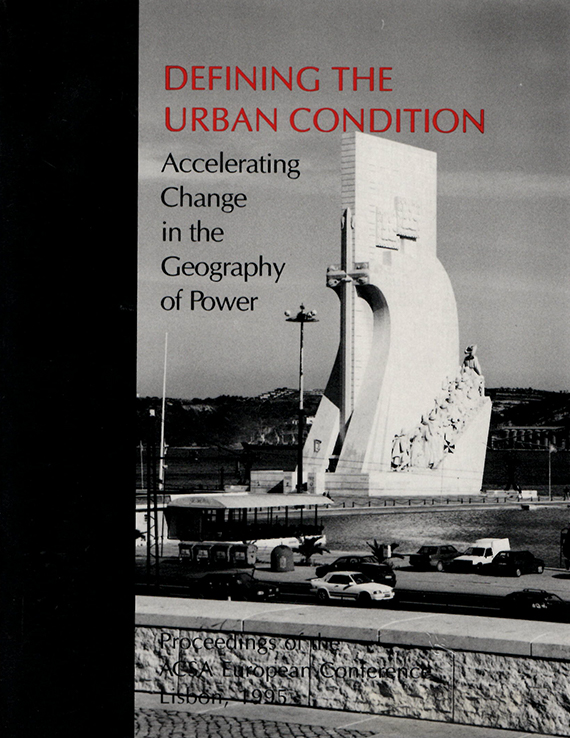Author(s): Gunter Dittmar
The paper calls for a paradigm shift in the definition and approach to architecture to reverse the erosion of its societal relevance, and the loss of its identity as a discipline. The paper contends that this development originated with the Renaissance when architecture evolved from a craft into an art, and the pursuit of beauty became the foremost ideal: the aspect that distinguishes architecture from “mere building”. Ever since, architecture has tried-and failed- to solve the dilemma of aesthetics: the integration of utility, technology and beauty. However, neither beauty, nor the question of aesthetics, are really the problem. The real issue is that architecture is, ultimately, about more than beauty or aesthetics: it is about our life and our existence; about creating a place for our being in the world. Architecture is, thus, grounded in an ontological paradigm rather than an aesthetic one. This has far-reaching, theoretical implications. The paper then proceeds to delineate some of the premises fundamental to an ontological approach to architecture, based on the notion that architecture makes possible the congruence between human and natural order, between our inner and our outer world. Beauty is present when one resonates and reveals itself through the other.
https://doi.org/10.35483/ACSA.Intl.1995.24
Volume Editors
John K. Edwards

 Study Architecture
Study Architecture  ProPEL
ProPEL 
